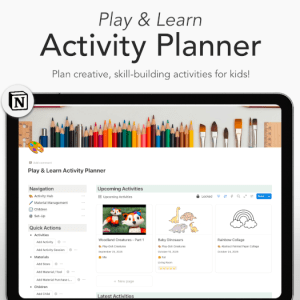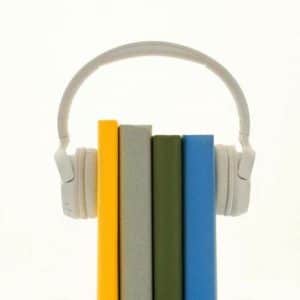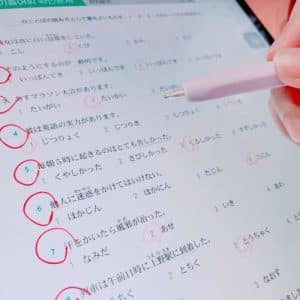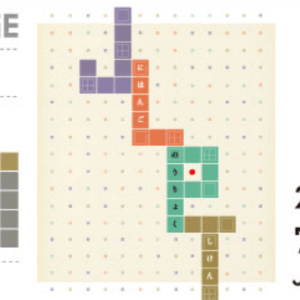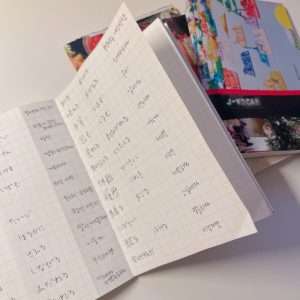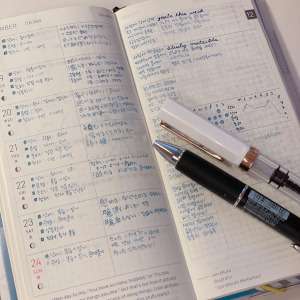Korean Alphabet Worksheets: Printable Hangul Workbook
If you’re raising a child outside Korea, you may have wondered how to introduce Korean in a way that feels natural and fun. Getting Korean books shipped internationally can be expensive and slow, and local bookstores often don’t carry the right materials. On top of that, many kids resist long, boring lessons. Korean alphabet worksheets can make all the difference. Instead of endless drilling, they turn learning into playful activities — tracing, coloring, puzzles, and even listening practice. Because they’re printable, you can start right away at home and adapt the pace to your child’s needs.
In this post, I’ll also share a video preview of the workbook so you can see what’s inside, along with where you can get your own copy if it feels right for your family.
Table of Contents
Why I Created This Korean Alphabet Workbook
The Beginning: Teaching Hangul Abroad
When my child reached the age to start learning letters, I began looking for a Korean school. Honestly, I wasn’t confident about teaching a language on my own, and many parents around me were sending their kids to Korean programs, so it felt like the natural option. Most of these programs, however, were weekend-only — and weekends were when my child most wanted to play and spend time with us. As I thought more about it, I realized that what my child needed most at this stage wasn’t another class, but quality time with parents. On top of learning English during the week, I didn’t want to add more pressure with extra lessons.
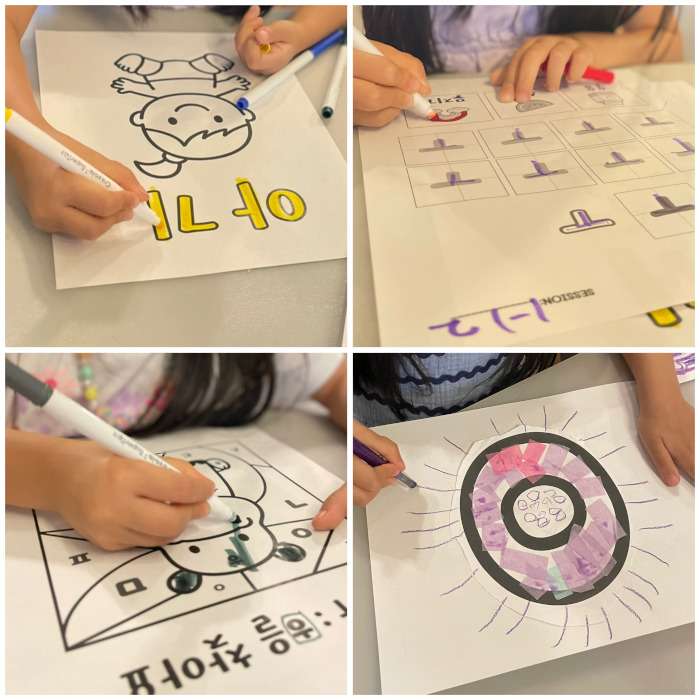
I decided to try teaching Hangul at home. At first, I couldn’t find the right book. Ordering from Korea wasn’t just expensive — the bigger problem was that I couldn’t flip through the books myself to see if my child would actually be interested. I didn’t want to blindly spend money on something that might end up sitting unused. The few resources I did find locally felt too dry. Out of frustration, I made a worksheet for ㄱ — and to my surprise, my child loved it. The worksheet wasn’t just about tracing; it included coloring and cutting activities. Since kids that age love crafts, “Hangul time” quickly became something exciting. Instead of resisting, my child started asking to do it again.
Reactions from Other Parents
I first shared a few worksheets with a close friend who had been struggling with the same questions and had recently pulled her child out of weekend Korean school. From there, I began passing them along to the kids we often had playdates with. The response was immediate.
Parents told me that even though their children had attended Korean school, they often forgot what they learned during the week. With these worksheets, they could practice a little bit every day at home, which felt easier and less stressful for the kids.
Several parents also mentioned how much they enjoyed sitting down to color and do activities together, turning Hangul practice into quality parent–child time.
A few even shared that they didn’t know much Korean themselves, but because every page includes English translations and pronunciation guides, they could study alongside their children — making the experience meaningful for the whole family.
Why Start Small with Consonants and Vowels
Rather than release a massive workbook, I began with just consonants and vowels. Language learning can feel overwhelming, so I wanted families to test it without pressure. Starting small makes it easier for children to build confidence and for parents to decide if the style fits their needs.
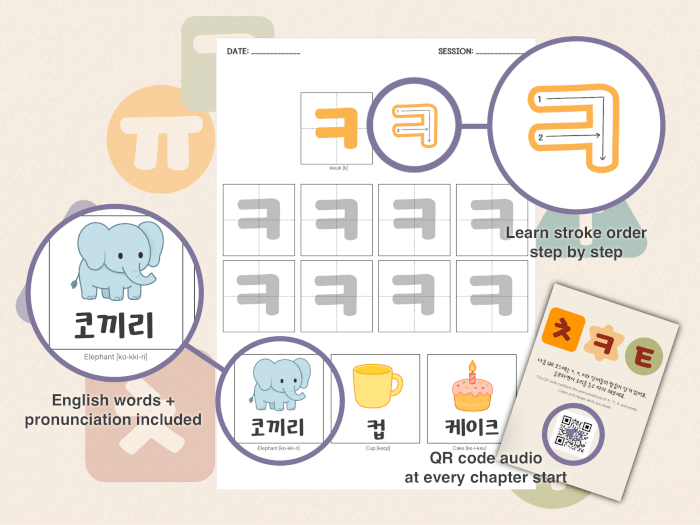
I also found that keeping the scope limited made it less stressful for me as a parent. My child didn’t feel burdened either, and that experience made me believe the same approach would help anyone starting a new language — it feels much lighter and more manageable when you begin with small steps.
Looking Ahead – Future Plans
I’m still creating more sets for my child, and I plan to continue until she can read comfortably. After consonants and vowels, the next step will naturally be the combined sounds — for example, double consonants like ㄲ or syllables made by joining consonants and vowels together (가, 나, 다…). From there, the workbooks will move on to simple words, short sentences, and eventually stories. My goal is to keep Hangul learning light, interactive, and enjoyable at every stage, so that progress feels natural rather than forced.
Inside the Workbook: Worksheets, Activities, and More
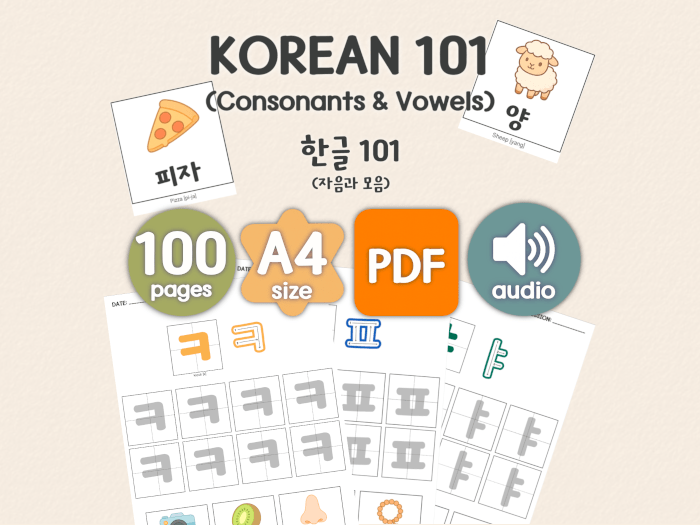
It comes with features that make it easy to start right away:
- Printable PDF format – download instantly and begin without waiting for shipping
- Bilingual support – Korean alphabet paired with English translations and phonetic guides so both kids and parents can follow
- Flexible use – print the pages for hands-on practice or import into apps like GoodNotes for digital writing
- For all beginners – suitable for preschoolers, homeschoolers, and even adults learning Hangul for the first time
What’s Included (100+ Pages)
The workbook has over one hundred pages, carefully balanced between writing practice and fun activities.
- Tracing pages (48 total): Each of the 24 consonants and vowels comes with two sheets for guided practice. Children trace the shapes while saying the sounds out loud, reinforcing both recognition and pronunciation.
- Coloring activities (24 pages): Letters become familiar through creative coloring, which turns learning into play.
- Puzzle review (14 pages): Matching games and recognition puzzles help kids review without feeling like they’re taking a test.
- Word coloring (14 pages): Simple words show how letters combine, giving kids a natural first step into vocabulary.
- QR codes for listening and repeating (10 codes): By scanning, kids can hear native pronunciation and repeat it, adding an audio-speaking element that printed books alone can’t provide.
- Parent guide: Tips on daily routines and how to make practice enjoyable are included, so you don’t have to guess how to use the worksheets effectively.
See Inside the Workbook
Before you purchase, you might want to see how the workbook actually looks. I’ve put together a short flip-through video that shows a glimpse of the pages, including tracing sheets, coloring activities, puzzles, and QR code practice.
Try a Sample: Listen and Repeat
Curious how the QR codes work? I’ve included a short sample video so you can see it in action. Just press play and try listening and repeating with your child.
👉 You can also download a free sample workbook here to get a feel for the layout and activities.
This sample includes a few selected pages with watermarks, created for those who’d like to try it out before getting the full version.
How to Use These Korean Alphabet Worksheets at Home
Many parents wonder how to fit language practice into their daily routine. With this workbook, you only need 10–15 minutes a day:
- Listen & Repeat: Scan the QR code, listen to the sound, and repeat together.
- Trace & Write: Follow the practice pages and say the sound while writing.
- Color & Create: Let kids decorate letters with crayons, stickers, or even craft materials.
- Review & Reinforce: Use puzzle and word-coloring pages for quick review.
The goal is not perfection but steady progress. Short, fun sessions help children stay motivated and prevent burnout.
Q&A: Parents’ Most Common Questions
When should kids start learning Hangul?
There isn’t a single right age. My child began at four, but many start at five or six. The best time is when your child shows curiosity about letters — that’s when they’re ready.
Can non-Korean-speaking parents use this workbook?
Yes. Every word includes an English translation and phonetic guide, so parents can confidently support their child while learning together. The study guide and usage instructions are also written in English, making it easy for non-Korean-speaking parents to understand how to use the workbook effectively.
Is it suitable for adults too?
Definitely. The workbook covers the basics of consonants and vowels, making it an easy entry point for adult beginners.
Where to Get the Korean Alphabet Worksheets
The workbook is available as a printable PDF download. No physical item is shipped, so you can start immediately after purchase.
👉 Get the workbook on my Etsy store
Conclusion: Make Hangul Fun and Stress-Free
Hangul doesn’t have to be intimidating. With these Korean alphabet worksheets, children can take small steps into the language while having fun. By combining tracing, coloring, puzzles, and QR-code listening, learning becomes playful and interactive.
Start with one letter a day, keep it light, and let the progress build naturally. Soon enough, Hangul will feel like a familiar friend — and you’ll have shared the joy of learning together.
🌟 Popular Posts
- Best Summer Knitting Top Pattern: Top Sol by MochiKnits
- How I Set Up My Traveler’s Notebooks – Passport Size
- Best Hobonichi Weeks Layout Ideas for Your Needs
- Hobonichi Weeks Mega Review: Is It Worth The Hype?
💡 Explore More Popular Posts
Looking for fresh inspiration, practical tips, and creative ideas? Explore my most popular posts—the articles readers loved the most!
🧹Must-Try Decluttering & Organization Hacks
- Skincare Decluttering: What Stayed and What Had to Go
- Knitting Supplies Storage: Compact Container for Crochet Tools
- My Favorite To-Do List App—and How to Make the Most of It
- Craft Organization Ideas: Simple Storage Solutions for Supplies
- How to Declutter Your Space: 6 Easy and Simple Decluttering Tips
🧹More Ways to Organize, Simplify, and Declutter
Looking to create a clutter-free, organized, and intentional lifestyle? Explore my minimalism, organization tips, and decluttering hacks to streamline your space, boost efficiency, and focus on what truly matters.

